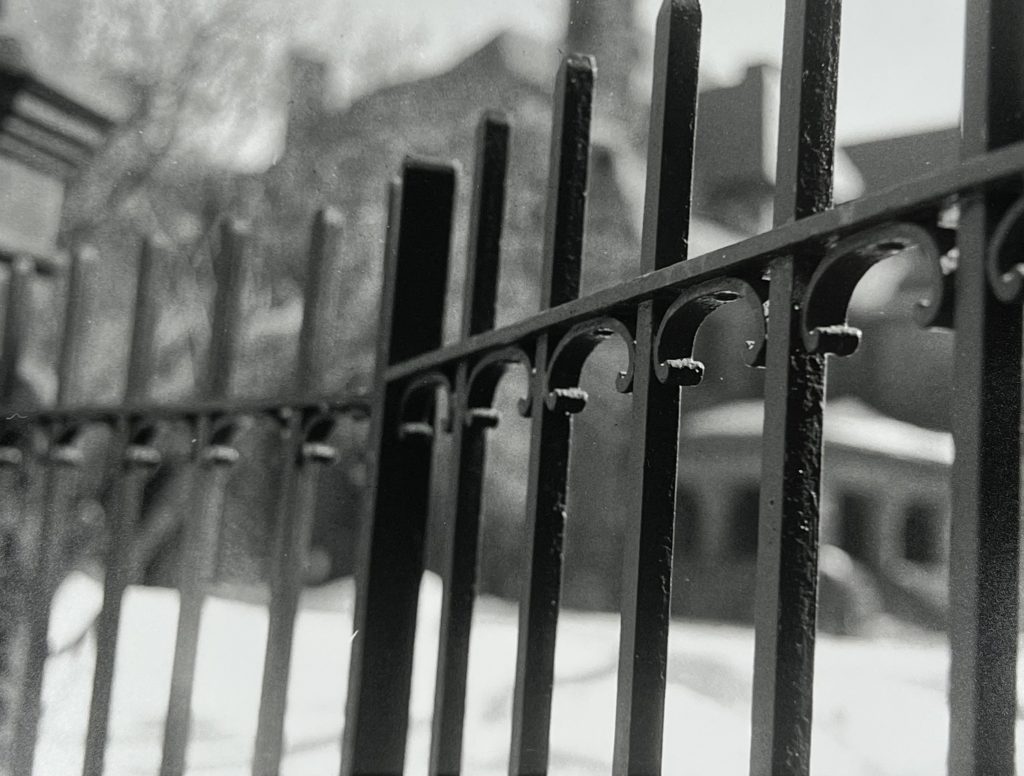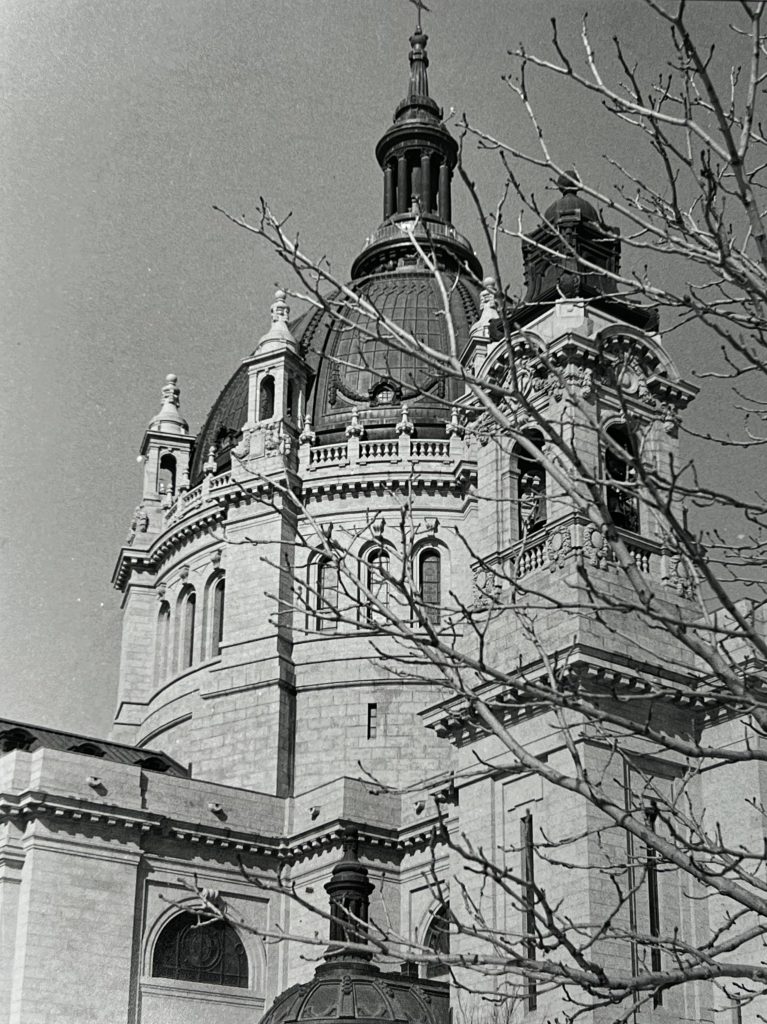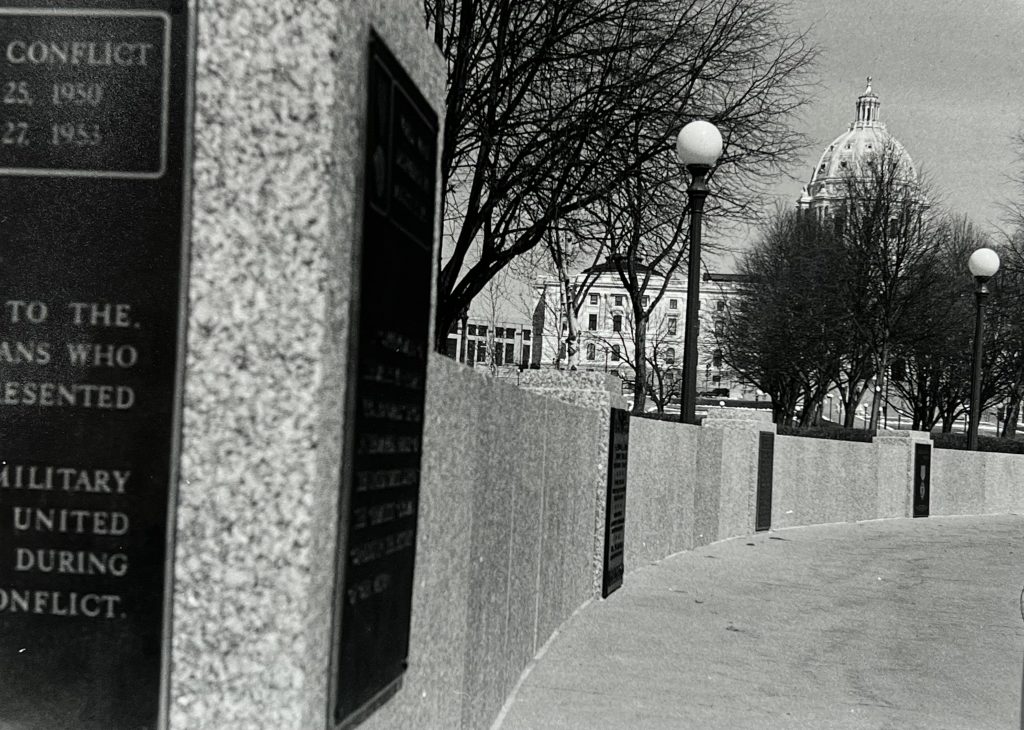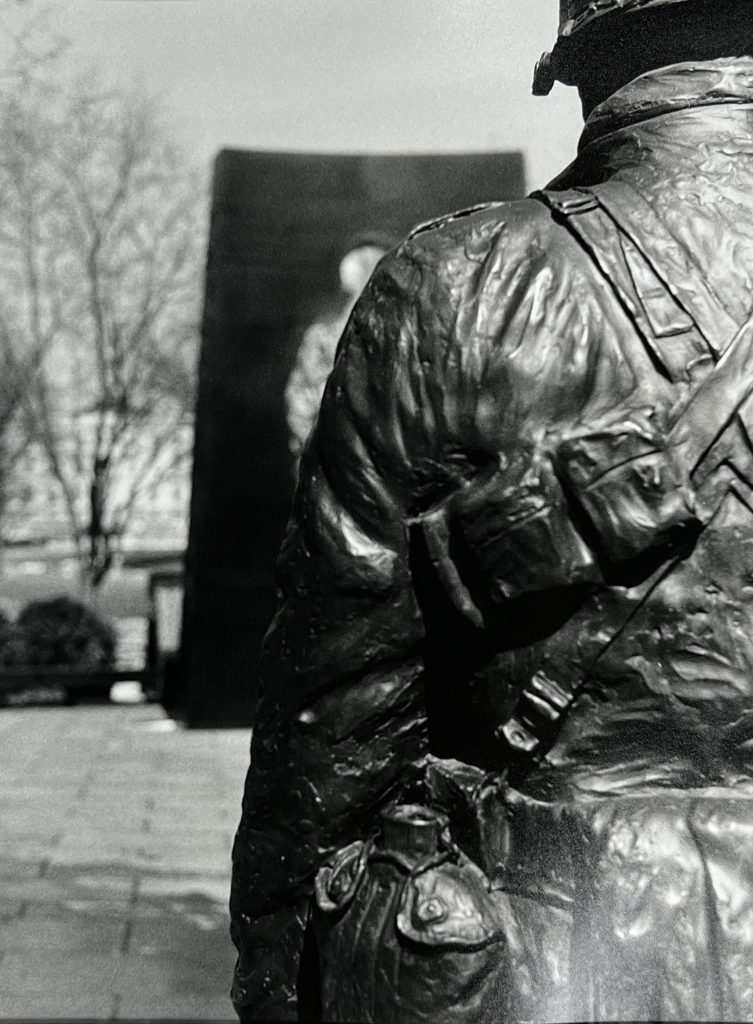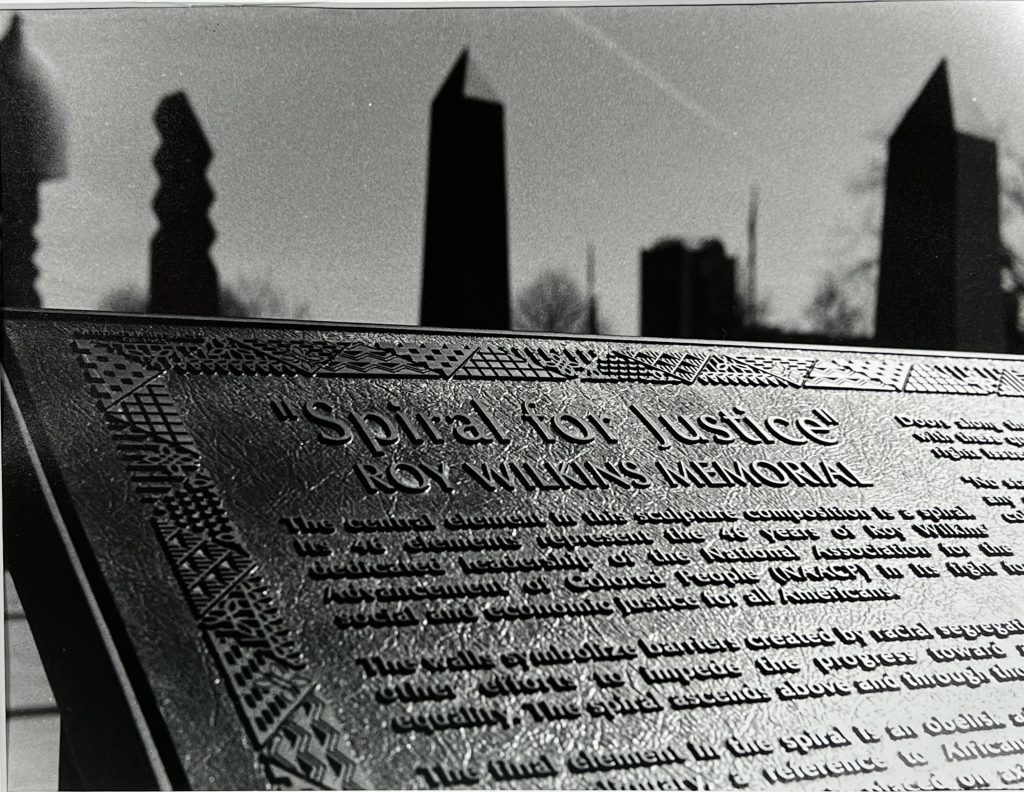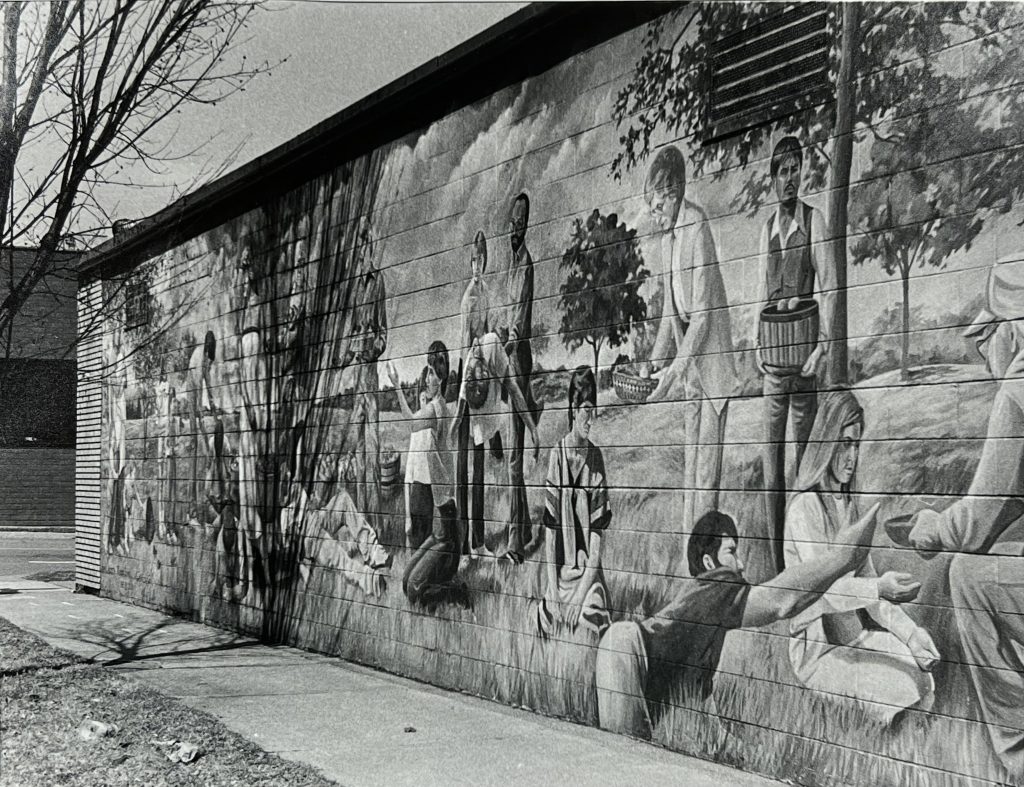Appendix 1 – Picturing Saint Paul’s Past
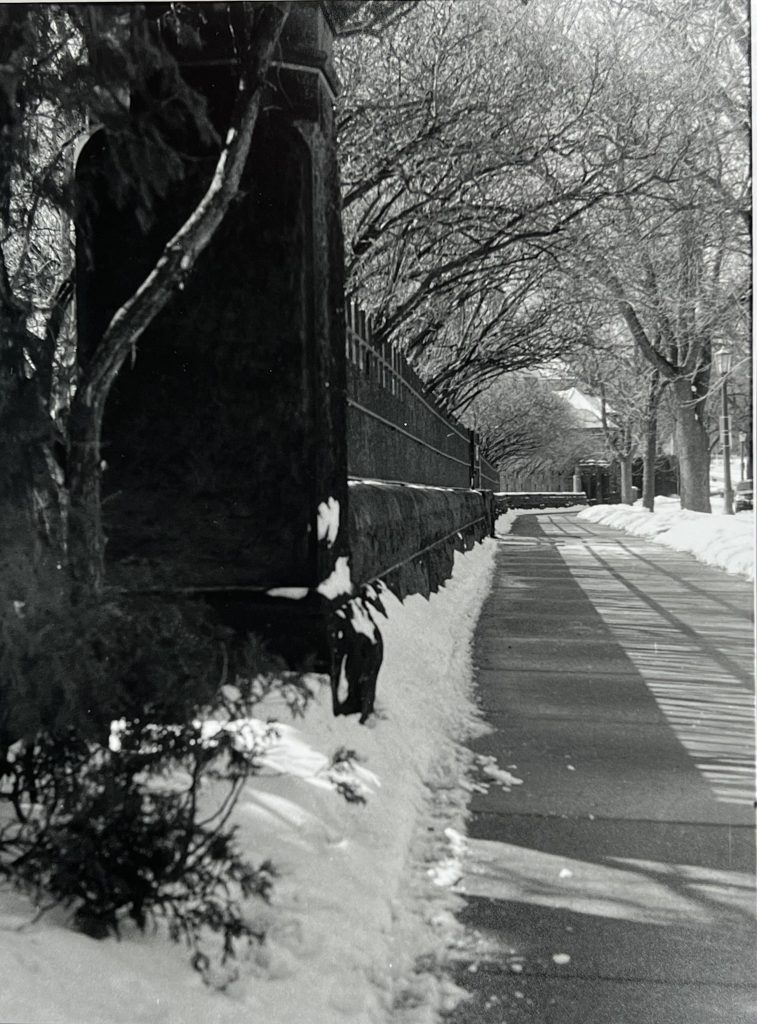
During the Spring semester of 2022, I had the opportunity to enroll in ARTS 1713 – Photography 1 at Saint Paul College. The course instructor, Aaron Bommarito and I were investigating the feasibility of connecting a Minnesota history course with a photography course into a learning community. The idea was simple, a cohort of students would enroll in dedicated sections of HIST 1750 and ARTS 1713 during the same semester. Aaron and I, having connected the content, activities, assignments, and assessments of the courses, would then teach the connected classes together – hoping to offer our students a truly interdisciplinary learning experience. In a very general way, students would use the photography skills they were acquiring in ARTS 1713 to present their interpretations of our state’s history they were learning about in HIST 1750. To better understand each other’s course, we became students. Aaron enrolled in my Minnesota history course during the fall of 2020, and, as I mentioned above, I took Aaron’s photography course during the spring of 2022.
ARTS 1713 is taught either as a digital photography course or a black-and-white film photography course. I took the black-and-white film section and learned about film cameras, photograph composition, and the procedures of processing film and developing images in the college’s photography laboratory. Over the course of the semester, there are several photography assignments that teach the elements of photograph composition and provide opportunities to practice processing film and developing images. The final project asks students to use what they have learned over the semester to make a series of images around a theme or topic.
For my final project I made photographs illustrating how Saint Paul remembers, honors, and teaches its history. To complete the project, I shot four rolls of film around the city, selected 12 of the 144 images to develop as 8×10 prints, and organized them into a portfolio. I have included the images from my project below.
James J. Hill House
More information about the James J. Hill House
The Cathedral of Saint Paul
More information about the Cathedral of Saint Paul
Nina Cliford
More information about Nina Cliford
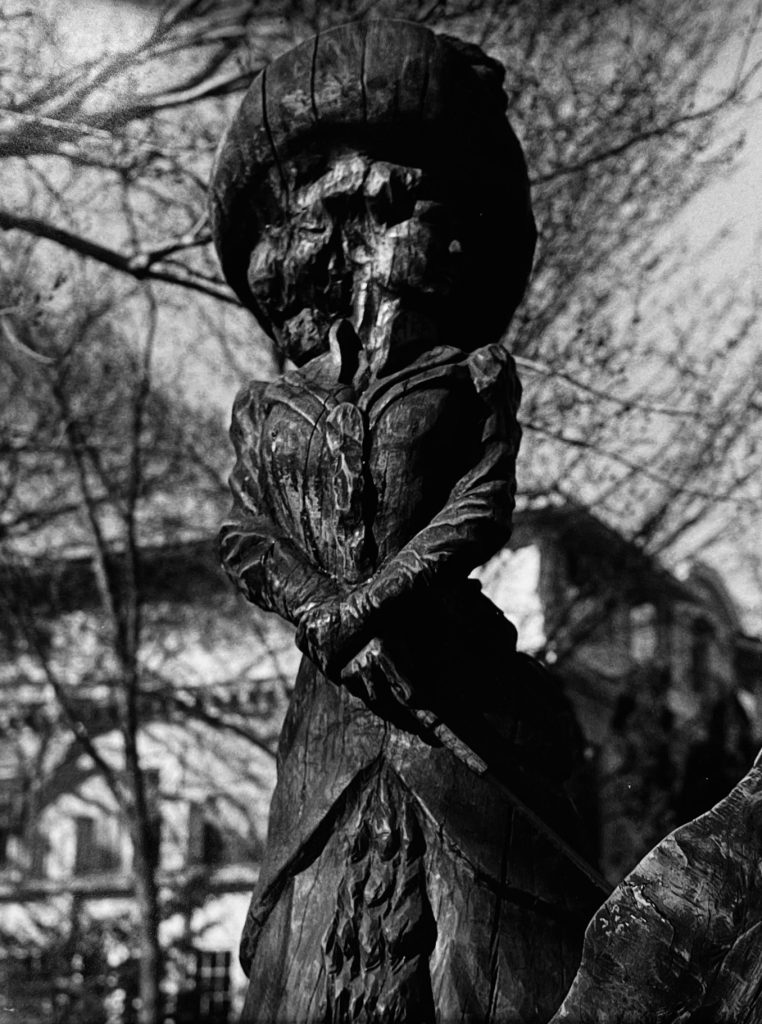
Indian Mounds Park
More information about Indian Mounds Regional Park
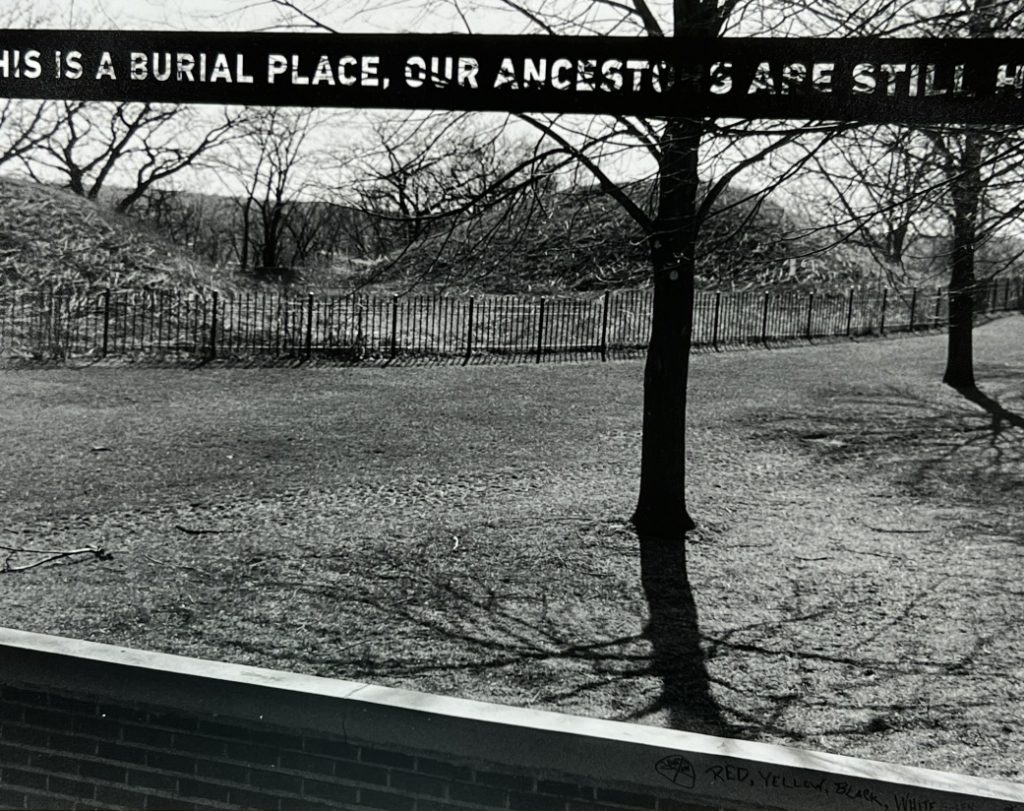
Teaching History – Mounds Park
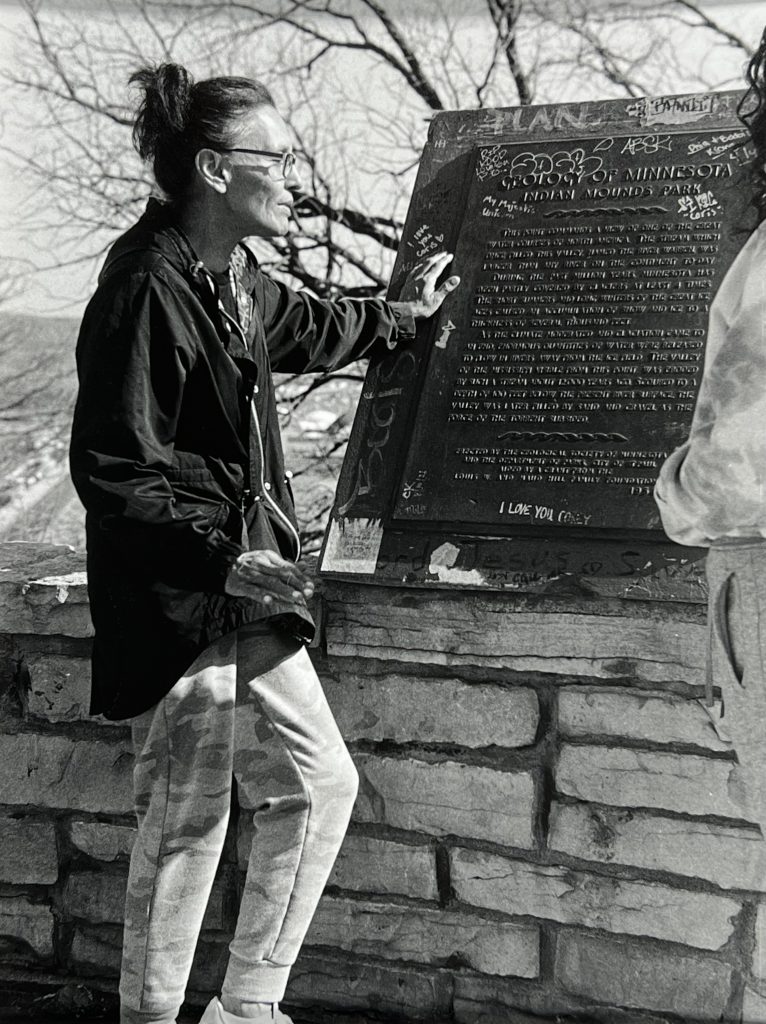
F. Scott Fitzgerald
More information about F. Scott Fitzgerald
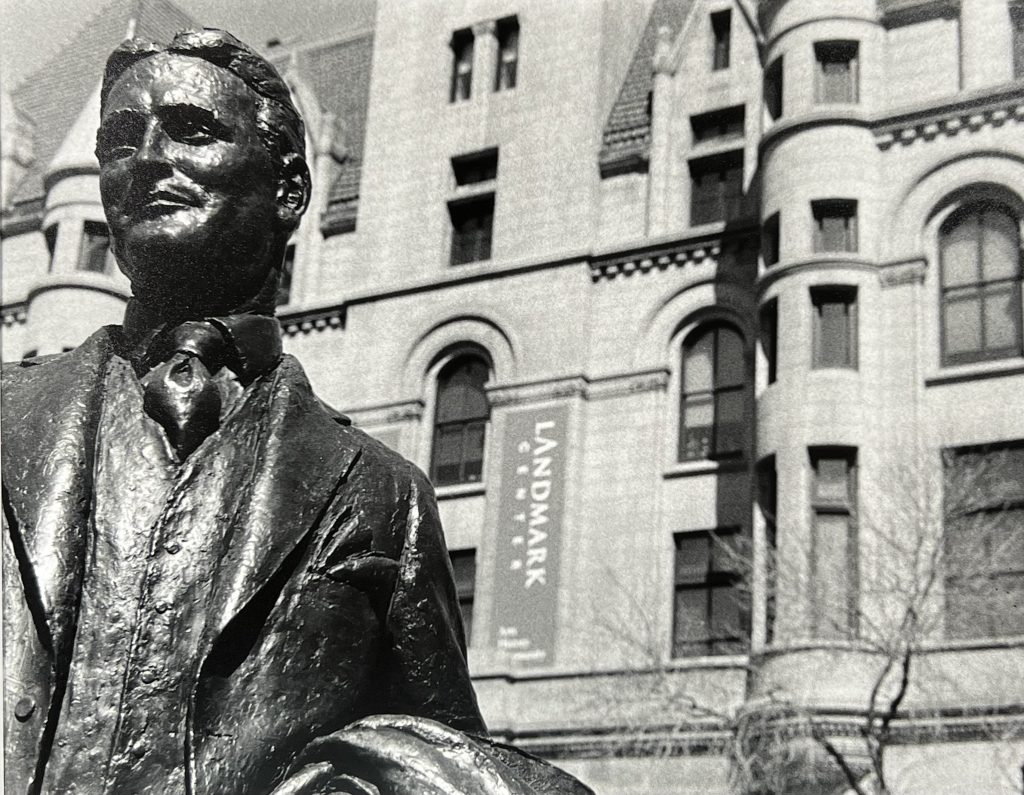
The Landmark Center
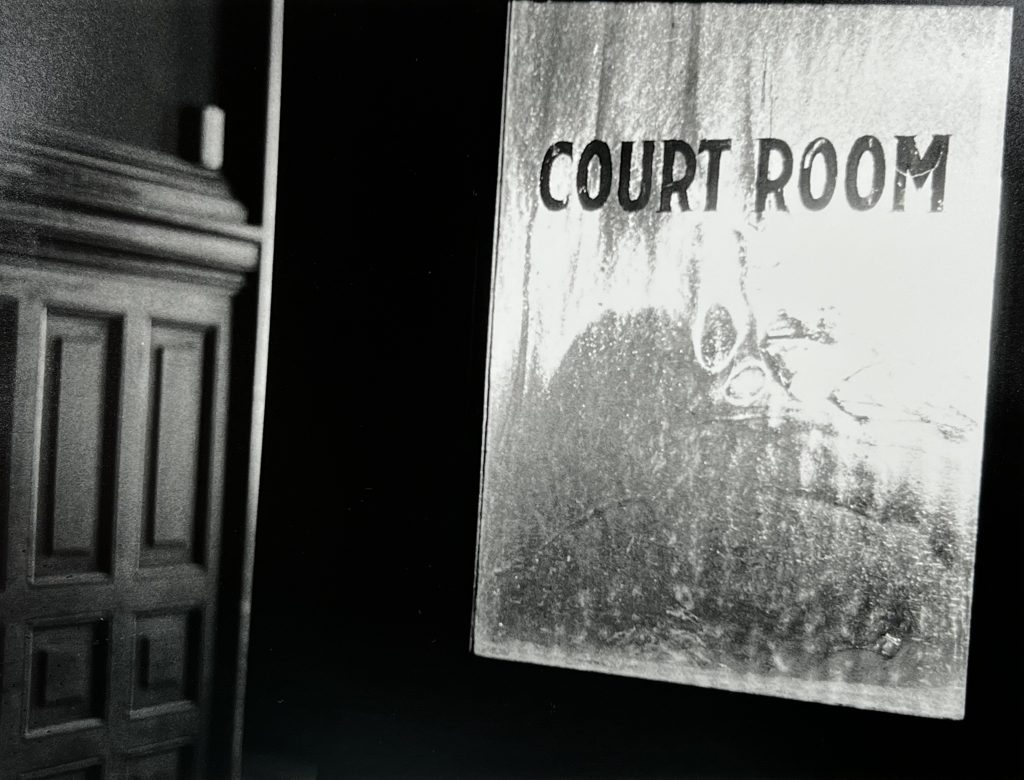
Swede Hollow Park
More information about Swede Hollow
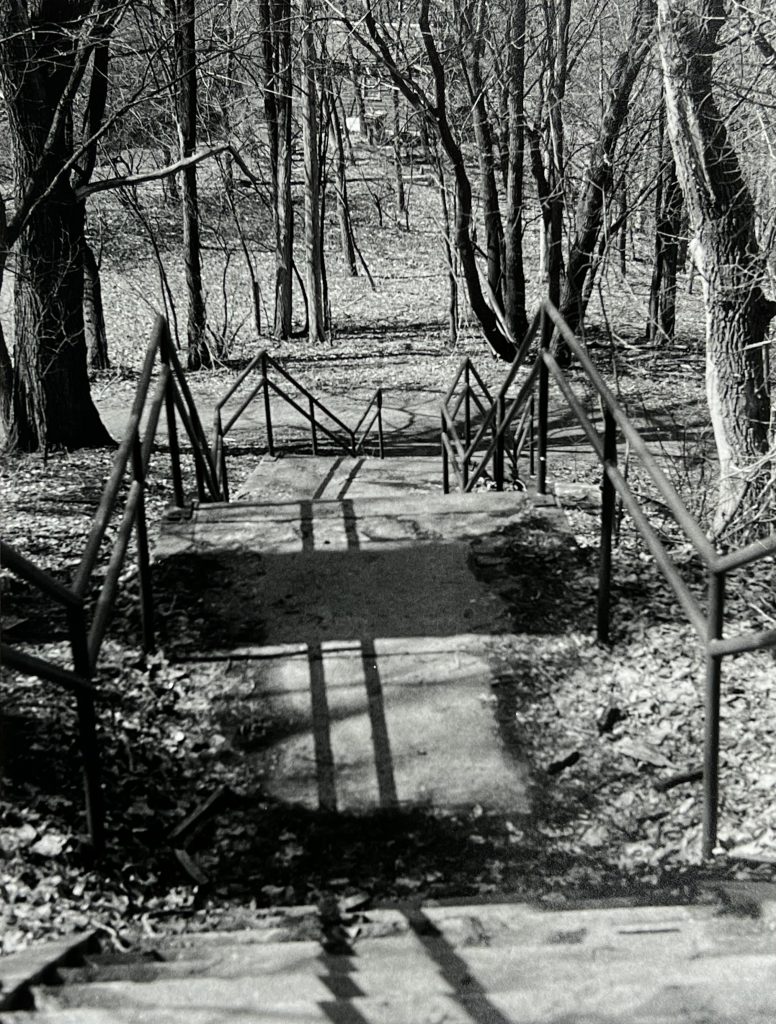
Swede Hollow Henge
More information about Swede Hollow Henge

Court of Honor – Saint Paul’s Capitol Mall
Minnesota Korean War Veteran Memorial – Saint Paul’s Capitol Mall
Roy Wilkins Memorial “Spiral for Justice” – Saint Paul’s Capitol Mall
More information about Roy Wilkins
Learning About Treaty Making – Minnesota Capitol
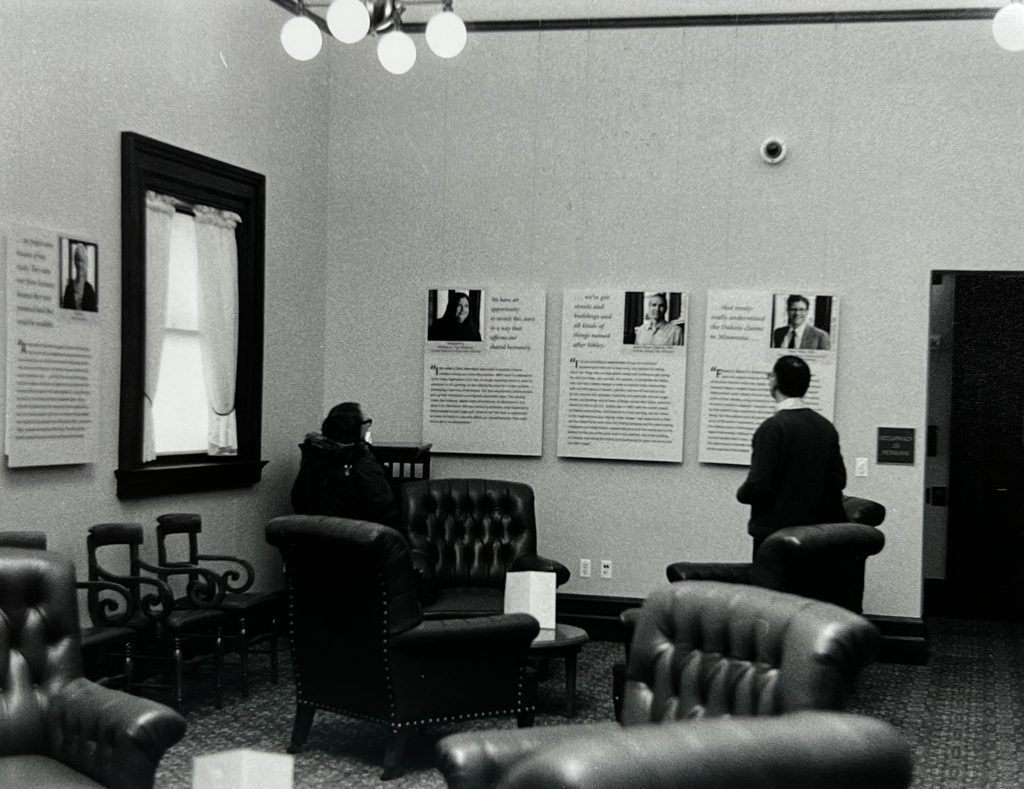
The West Side
More information about West Side Flats, St. Paul
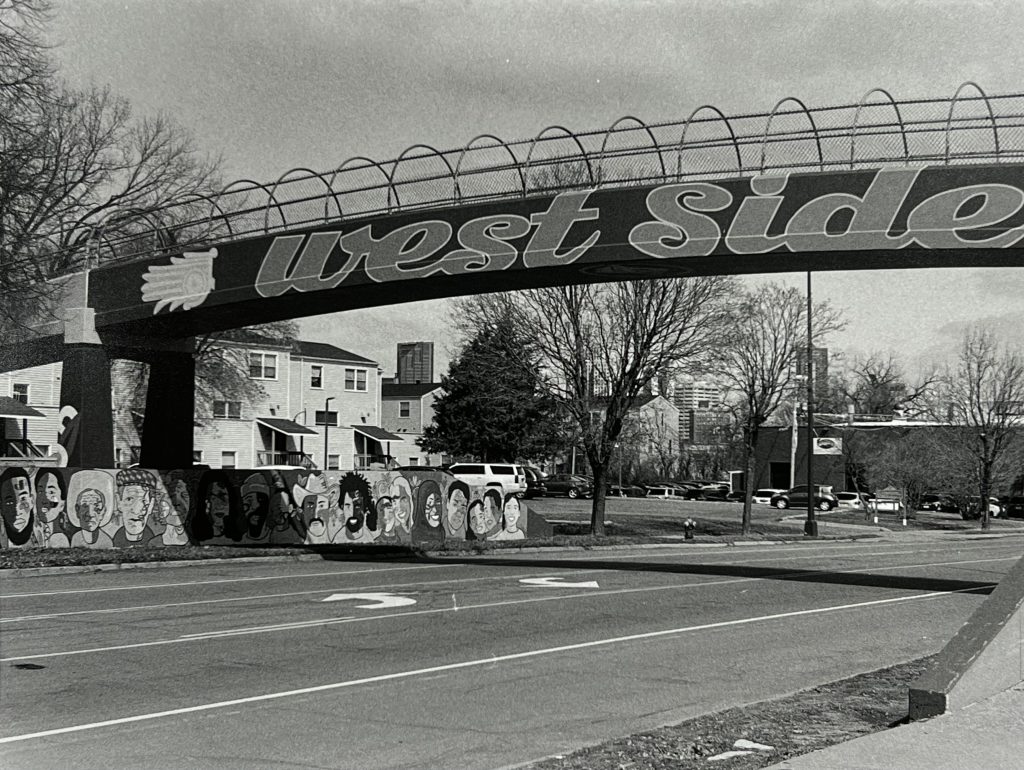
Westside Mural
More information about Muralismo in Saint Paul
Sitting on a bluff overlooking the Mississippi River and the city of St. Paul, the 36,500-square-foot, forty-two-room James J. Hill House stands as a monument to the man who built the Great Northern Railway. It remains one of the best examples of Richardsonian Romanesque mansions in the country.
Eric Colleary, MNOpedia - https://www.mnopedia.org/structure/james-j-hill-house
There have been four Roman Catholic cathedrals in St. Paul. The first three were built between 1841 and 1858. The fourth, and the most architecturally distinctive, opened in 1915. Since then, no building in the Twin Cities has approached it in ambition or magnificence.
Paul Nelson, MNOpedia - https://www.mnopedia.org/structure/cathedral-st-paul
Nina Clifford, a child of immigrants who evolved into the “richest woman of the underworld,” made a name for herself as an affluent sex worker who contributed to the buildup of St. Paul’s downtown Red Light District in the late 1800s. She invited other women to establish their businesses nearby while police sanctioned an environment in which vice could thrive. In spite of a lack of preserved records, standing buildings, and extant photographs related to her business, Nina Clifford remains a legendary madam of St. Paul.
Alexandra Scholten, MNOpedia - https://www.mnopedia.org/person/clifford-nina-1851-1929
The six burial mounds at St. Paul’s Indian Mounds Park are among the oldest human-made structures in Minnesota. Along with mounds in Crow Wing, Itasca, and Beltrami Counties, they are some of the northernmost burial mounds on the Mississippi River. They represent the only ancient Native American burial mounds still extant inside a major US city.
Paul Nelson, MNOpedia - https://www.mnopedia.org/place/indian-mounds-park-st-paul
Author F. Scott Fitzgerald is a cultural icon of the Roaring Twenties and the Jazz Age. His work, although largely under-appreciated during his lifetime, reflects the thoughts and feelings of his generation.
Thomas Backerud, MNOpedia - https://www.mnopedia.org/person/fitzgerald-f-scott-1896-1940
Nestled into a small valley between the mansions of Dayton's Bluff and St. Paul proper, Swede Hollow was a bustling community tucked away from the prying eyes of the city above. It lacked more than it offered; houses had no plumbing, electricity, or yards, and there were no roads or businesses. In spite of this, it provided a home to the poorest immigrants in St. Paul for nearly a century.
Matt Reicher, MNOpedia - https://www.mnopedia.org/place/swede-hollow
Artist Name: Christine Bauemler
Media: Stone
Date Created: Unknown
Location: Swede Hollow Park
History: In 1841, Edward Phalen, the first European settler to the area, moved into the valley. In 1844, William Dugus bought Phalen's claim and built on Phalen Creek the first sawmill in Saint Paul. In 1865, the first train to Duluth chugged through the valley. Swedish settlers quickly moved in, naming the area Swede Hollow (Svenska Dalen). However, in 1956, the city Health Department discovered that Swede Hollow contained no sewer or city water service, so they condemned the area, moving out the families and destroying the houses. In 1973, neighborhood residents and the Saint Paul Garden Club commenced actions to create a park.
Bauemler presently teaches at the University of Minnesota. She has studied in Japan, she graduated Cum Laude from Yale University, and she received her masters from the Indiana University. She taught at the Gustavus Adolphus College from 1997 to 1999, when she moved to the College of Visual Arts. She has traveled widely, producing art based on her experiences. Her work currently reflects the effect of global climate disruption on rainforests, coral reefs, and the deep sea.
City of Saint Paul, https://www.stpaul.gov/facilities/swede-hollow-park
Roy Wilkins, who spent his formative years in the Twin Cities, led the National Association for the Advancement of Colored People (NAACP) from 1949 to 1977. During those years, the NAACP helped achieve the greatest civil rights advancements in U.S. history. Wilkins favored new laws and legal challenges as the best ways for African Americans to gain civil rights.
-John Fitzgerald, MNOpedia https://www.mnopedia.org/person/wilkins-roy-1901-1981#
From the 1850s to the 1960s, St. Paul’s West Side Flats was a poor, immigrant neighborhood—frequently flooded but home to a diverse group of Irish, Jewish, and Mexican workers and their families. In the early 1960s all residents were moved out to make way for an industrial park.
Paul Nelson, MNOpedia - https://www.mnopedia.org/place/west-side-flats-st-paul
Public art created during the late 1960s and early 1970s responded to the destruction of America’s inner cities. Chicanos painted murals in their neighborhoods to express their cultural pride, to protest injustice, and to celebrate their aesthetic values. While many of the first Chicano murals painted on St. Paul’s West Side are now lost, murals continue to reflect the community’s growth and progress.
Lizeth Gutierrez, MNOpedia - https://www.mnopedia.org/thing/muralismo-st-paul

